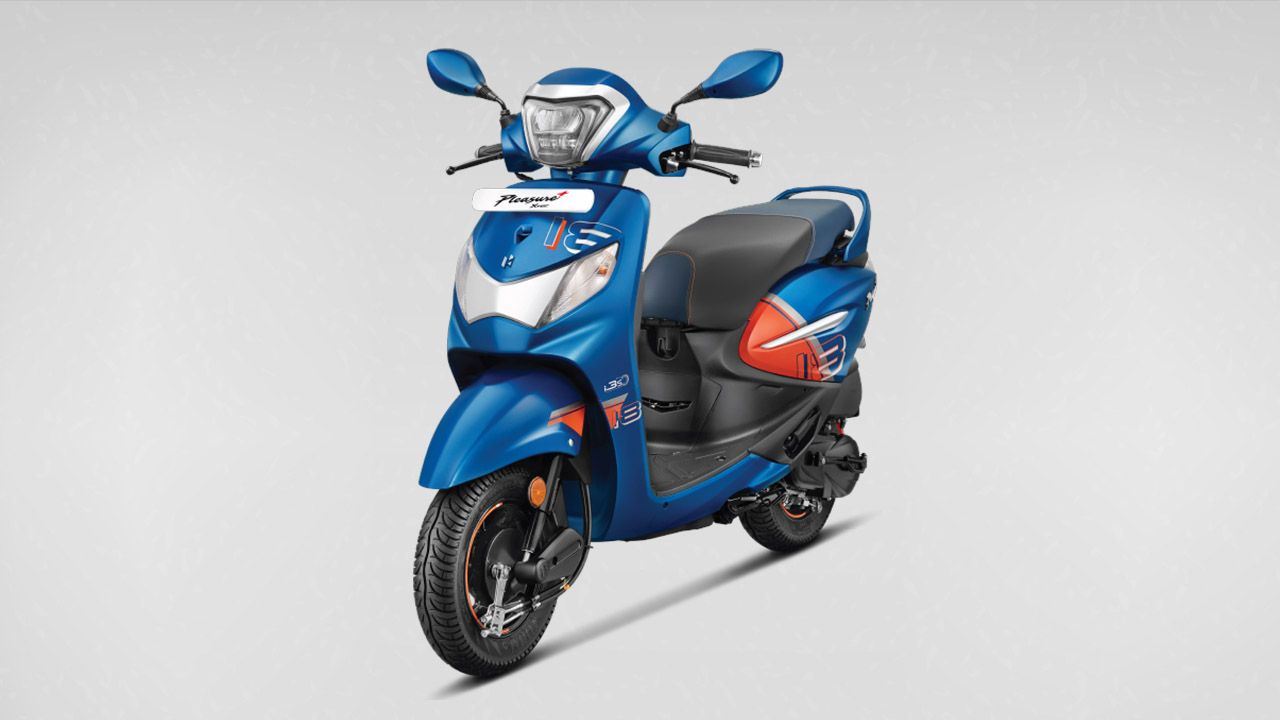Design and Aesthetics
The Destini 125 Xtec boasts a sleek and modern design that appeals to a wide range of riders. Available in six attractive colours – Chestnut Brown, Mat Ray Silver, Matt Black, Metallic Nexus Blue, Nobel Red, and Pearl Silver White – it offers plenty of options for personalisation. The scooter's design is both functional and stylish, making it a popular choice among young riders and professionals alike.
The Destini 125 Xtec boasts a sleek and modern design that appeals to a wide range of riders. Available in six attractive colours – Chestnut Brown, Mat Ray Silver, Matt Black, Metallic Nexus Blue, Nobel Red, and Pearl Silver White – it offers plenty of options for personalisation. The scooter's design is both functional and stylish, making it a popular choice among young riders and professionals alike.
Engine and Performance
Under the hood, the Destini 125 Xtec is powered by a 124.6 cc air-cooled, 4-stroke SI engine. This engine configuration ensures a smooth and efficient ride, whether you're navigating city streets or cruising on highways. The Hero Scooty in India delivers a maximum power of 9.1 PS at 7000 rpm and a peak torque of 10.4 Nm at 5500 rpm, providing ample power for everyday commuting. So these are the Hero Destini 125 Xtec specifications.
Hero Destini 125 Xtec Mileage and Fuel Efficiency
One of the standout features of the Destini 125 Xtec is its impressive mileage. The scooter returns a certified mileage of 50 kmpl, making it an economical choice for daily use. This fuel efficiency is further enhanced by the i3S technology, which helps improve mileage in city conditions. With a fuel tank capacity of 5 litres, the Destini 125 Xtec offers a good range between refuelling stops.
Features and Technology
The Destini 125 Xtec comes equipped with a host of features that enhance both convenience and safety. Some of the key features include:
● Bluetooth Connectivity: The Xtec variant offers Bluetooth connectivity, allowing riders to stay connected on the go.
● i3S Technology: This innovative technology helps improve fuel efficiency by automatically switching off the engine when idling and restarting it when needed.
● External Fuel Filling: The external fuel-filling system makes refuelling quick and hassle-free.
● Service Due Indicator: This feature reminds riders of upcoming service appointments, ensuring the scooter remains in optimal condition.
● Boot Light: The boot light provides added convenience when accessing the under-seat storage in low-light conditions.
Price and Variants
The Destini 125 Xtec is competitively priced, making it an attractive option for budget-conscious buyers. In Delhi, the ex-showroom Destini 125 Xtec price is Rs. 80,048 (ex-showroom). When considering additional costs such as RTO, insurance, and other miscellaneous charges, the on-road price in Delhi comes to approximately Rs. 1,02,840. This pricing positions the Destini 125 Xtec as a value-for-money option in the 125 cc scooter segment.
Conclusion
The Destini 125 Xtec is a well-rounded scooter that offers a blend of style, performance, and practicality. With its competitive pricing, impressive mileage, and advanced features, it is an excellent choice for urban commuters looking for a reliable and economical mode of transportation. Whether you're a young rider or a professional, the Destini 125 Xtec is sure to meet your needs and exceed your expectations.












